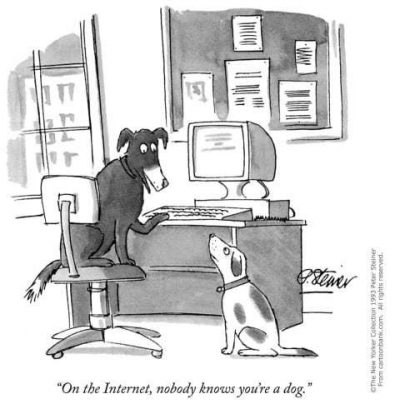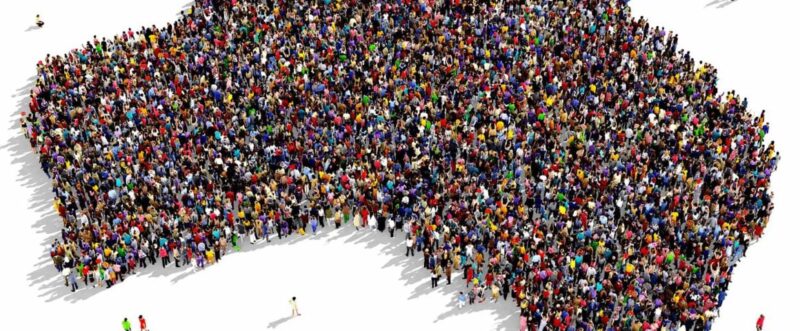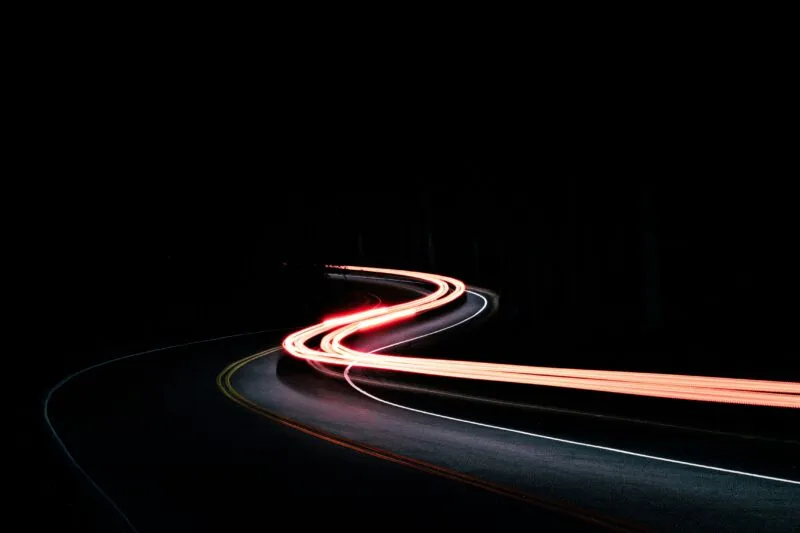The good, the bad and the ugly: Themes from 2020
As 135 fires blazed across Australia at the beginning of the year, the devastation of the summer bushfires was unfathomable.
The bushfires were the year’s first event thought to trigger the removal of complacency which hangs over Australia, particularly when considering climate action and a lack of innovation yet, they sparked something else in the heart of Australians, kindness.
From teenagers rescuing koalas off the coast of New South Wales to Sikh volunteers serving free, hot meals to vulnerable Victorians, the bushfires showed kindness and community spirit is still very much alive.
There’s a saying that in a crisis, we should look for the helpers.
These legends from Sikh Volunteers Australia drove up to Bairnsdale from Melbourne on Monday – and they’ve been serving free, hot meals ever since.
People helping people. That's what Victoria is all about. pic.twitter.com/lg9sFW3ElE
— Dan Andrews (@DanielAndrewsMP) January 2, 2020
Self-preservation when under threat
Having done so much to make an example of Australia’s human spirit, the population was unaware that something was lurking in the background and threatening to uproot all our good behaviour.
Enter, self-preservation.
Little known to the people of Australia, the novel coronavirus was jet-setting around the world, and by January 25 the first case of the virus touched down in the great southern land.
It wasn’t until March 1 when Australia’s first death from COVID-19, and after almost two months of a portion of the population declaring the disease is “just like the flu”, did self-preservation mode kick in.
Within two days of the death, customers saw major supermarket chains begin to ration toilet paper sales – suggesting self-preservation equals having lots of loo roll (and canned and dry mix soup).
Panic buyers went on rampages, brawls between mothers broke out in the aisles of Woolworths and a fend-for-yourself mentality filled the air.
Although not surprising, this behaviour is a stark contrast shown in just months prior, solely because disease outbreaks are notorious for causing widespread anxiety.
While the bushfires did present a case of eco-anxiety, immediate threats to human life have people feeling significantly more unstable.
Focus on digital
By the end of March, Australia’s COVID-19 “lockdown” was in full force, resulting in the prohibition of interstate travel and restrictions to a range of activities.
As the pandemic put a halt to almost every facet of human life, people had to transform how we socialise, do business or even get a check-up at the doctor’s.
Social distancing measures were confining people to their homes yet, as apps such as Zoom and Houseparty came to fruition, people could connect like never before.
According to The McKinsey Institute, this year saw global digitalisation vault five years into the future all in the name of keeping the economy afloat and allowing people to share family dinners over skype.

An emphasis on local
As the old proverb says, “distance makes the heart grow fonder” and once some normalcy made its return into the human routine, South Australians in particular got back into their pre-COVID lifestyles.
April saw spending not only return to pre-COVID levels, but more of it occurring locally.
As COVID-19 reignited the “shop local” movement as an act of solidarity to support the local economy and job creation.
This theme is also present now as China-Australia tensions grow.
As Australian exports to the communist state are non-existent, Australian retailers and Government are encouraging us to buy locally at a larger scale to help stimulate the local economy (did someone say Australian lobster for Christmas lunch?).
These examples show that as an inside function, local growth can help society in becoming less reliant on international trading partners.
Creating change in chaos
While lifestyles were slowly returning normal, another tension was erupting elsewhere following the death of George Floyd.
In an attempt to create change in a time of chaos, Black Lives Matter advocates took to the streets to inspire change.
If it wasn’t strenuous enough, the protests lead to extensive questioning as to why any change was needed, especially when it makes everyone this uncomfortable.
This goes back to the theme of routine, particularly for older generations who were less likely to adhere to social distancing measures because they felt threatened by the change in routine, according to a Rolling Stone article.
As 2020 gave its fair share of challenges, whether these themes will continue into 2021 presents a whole new question.
Will we run and hide when a threat presents itself or will we use it to change our economy and drive innovation?
As this year saw both of these occur, from fighting over toilet paper to supporting the local economy, it will be interesting to uncover what next year has in store.




